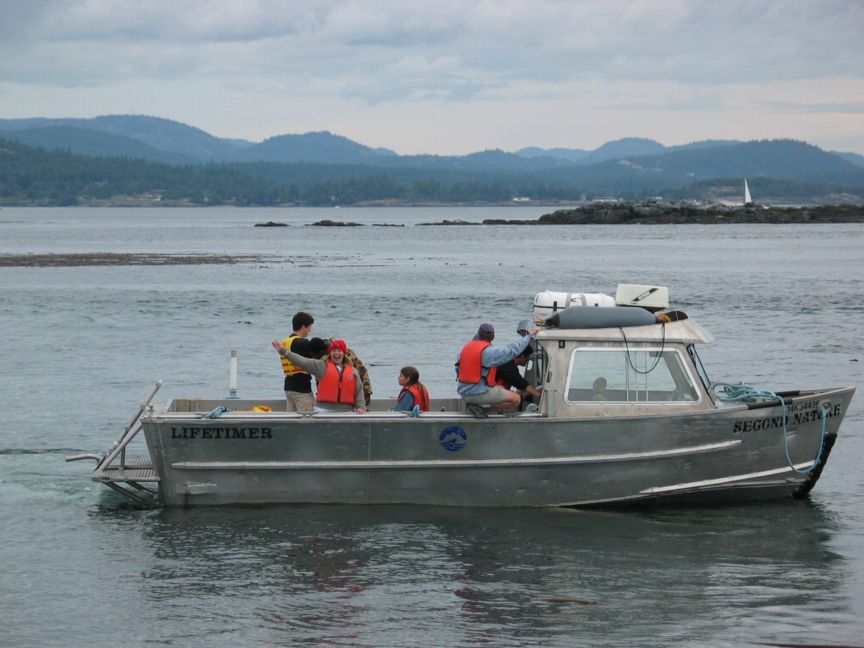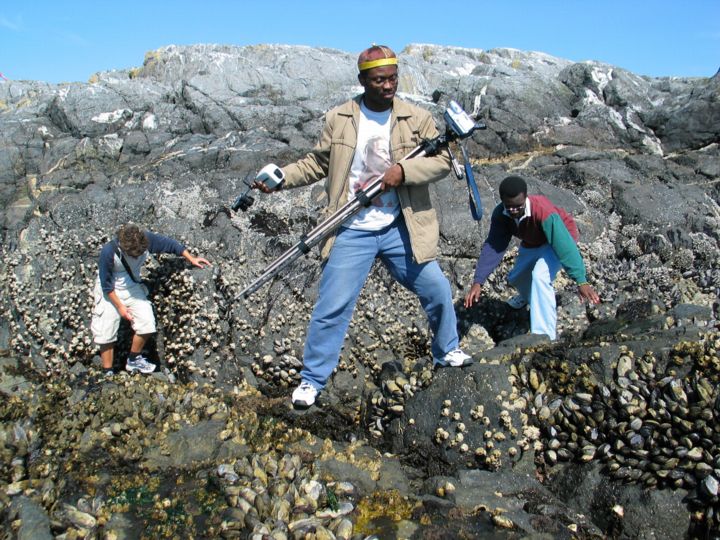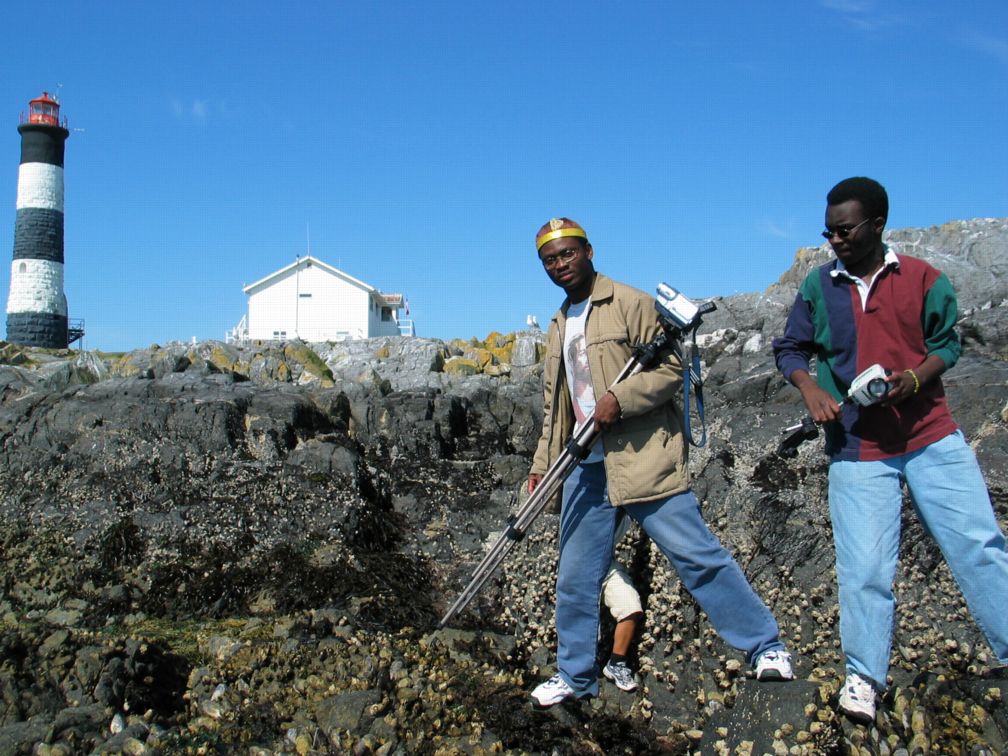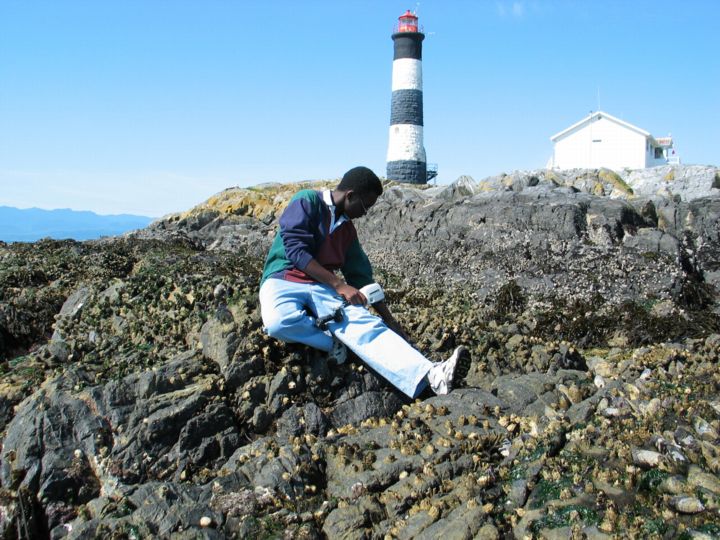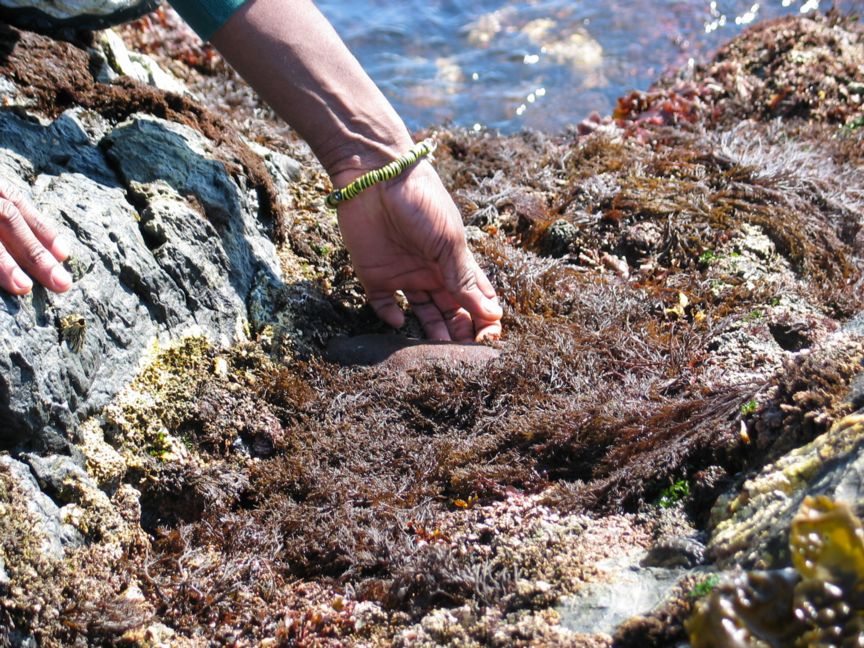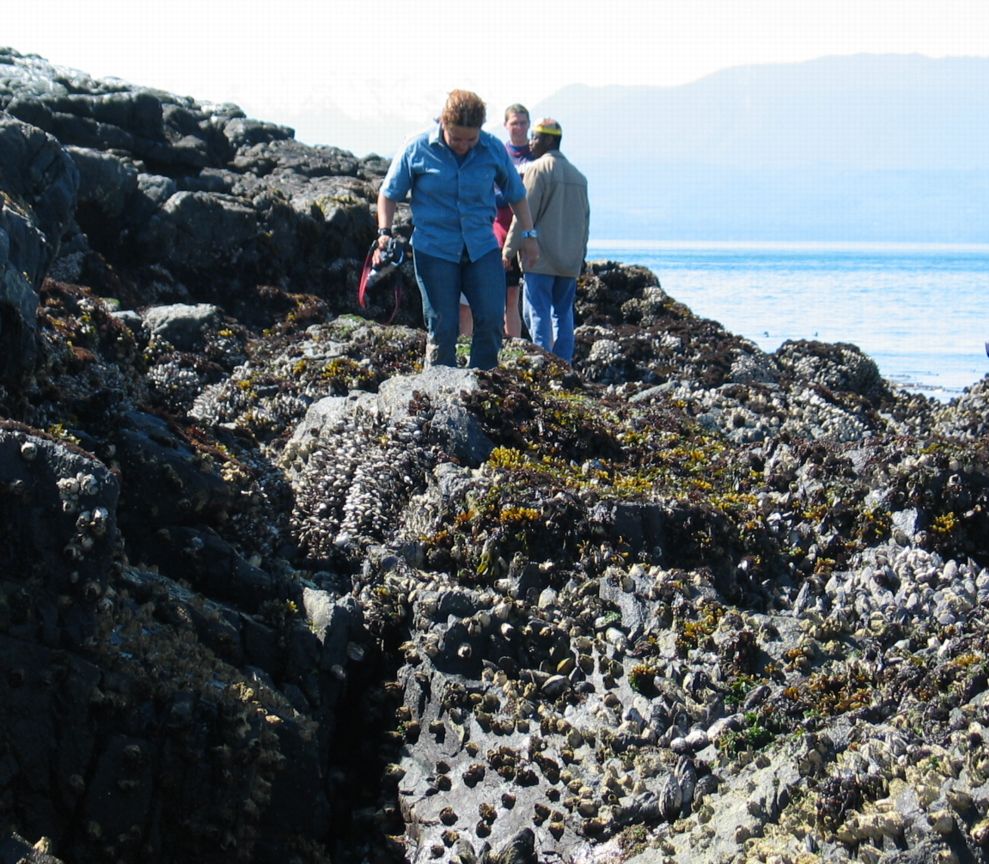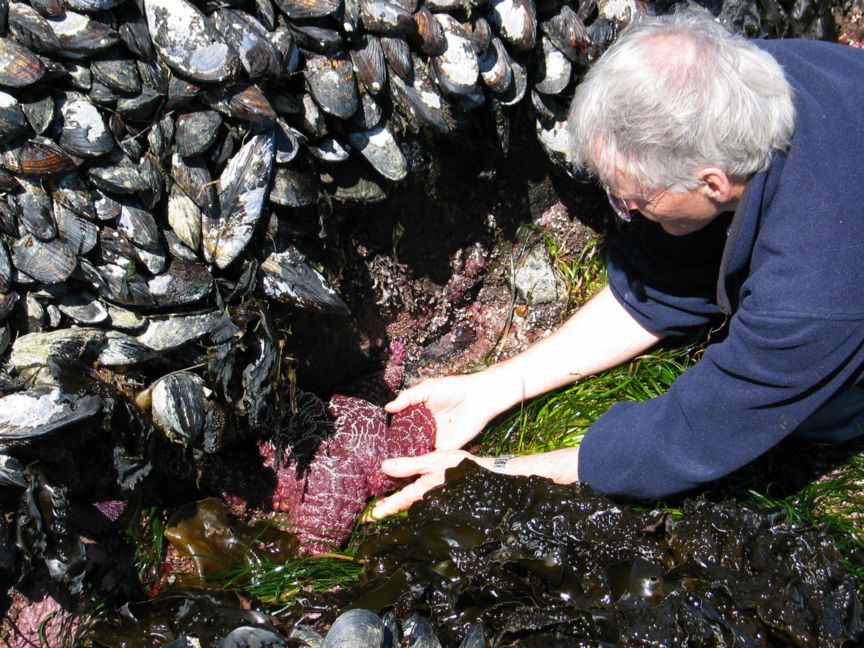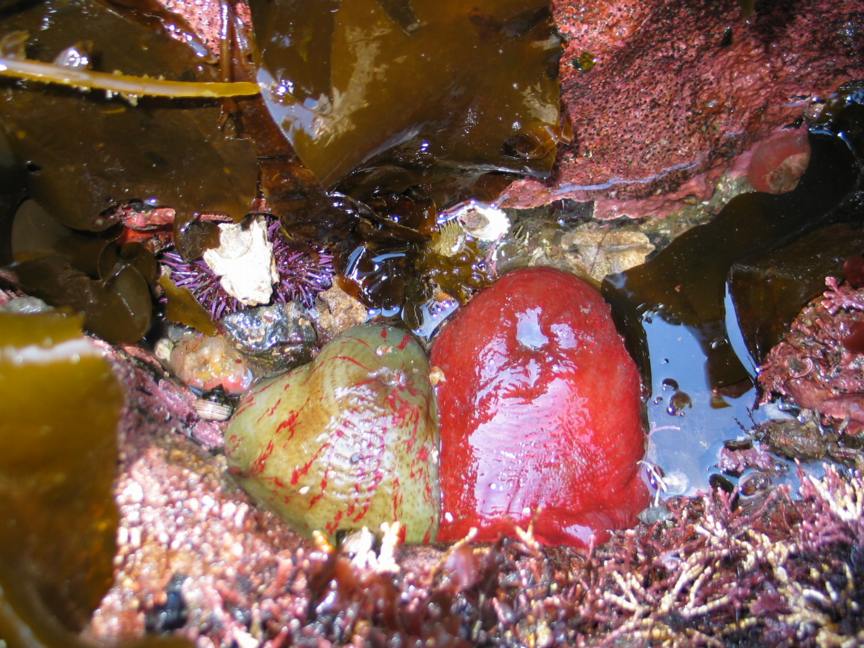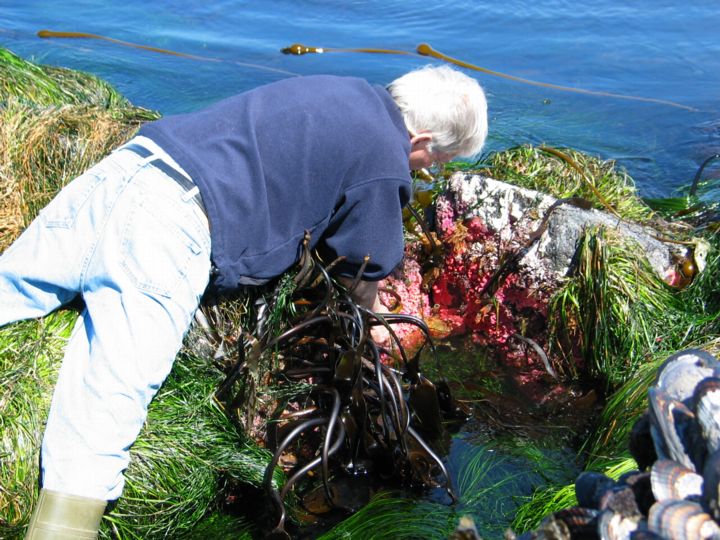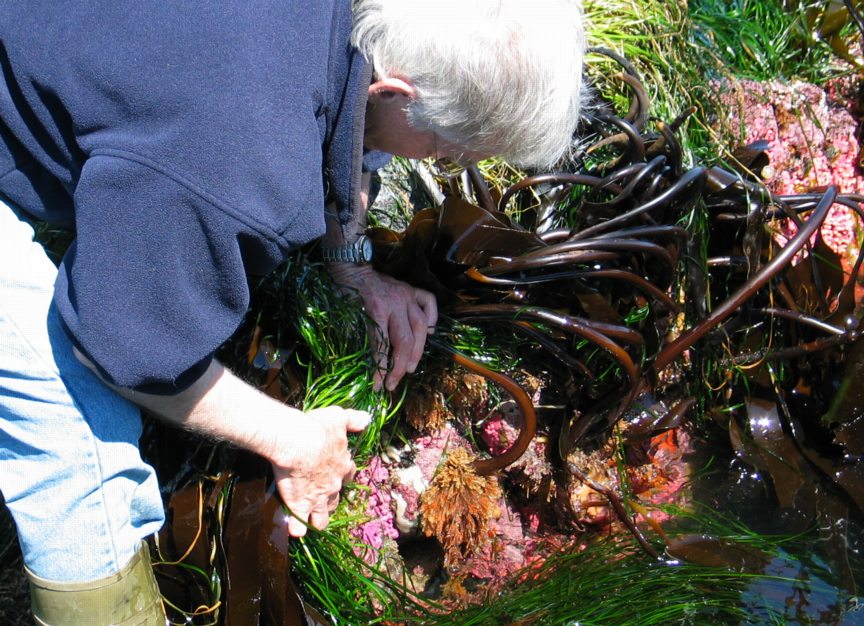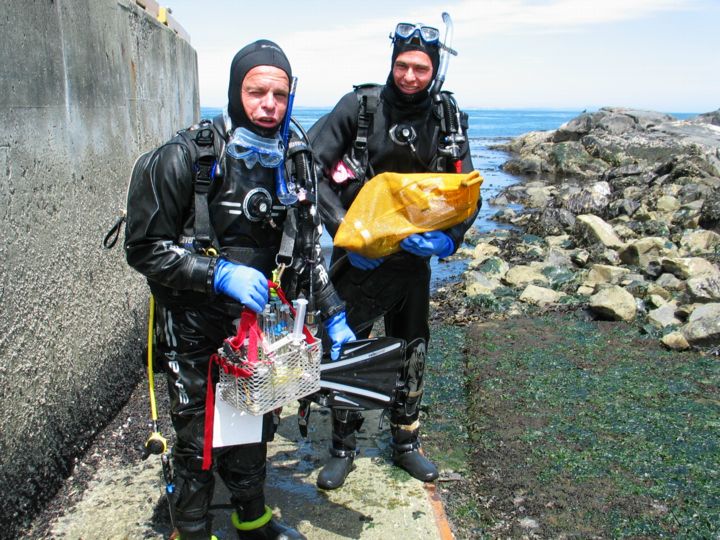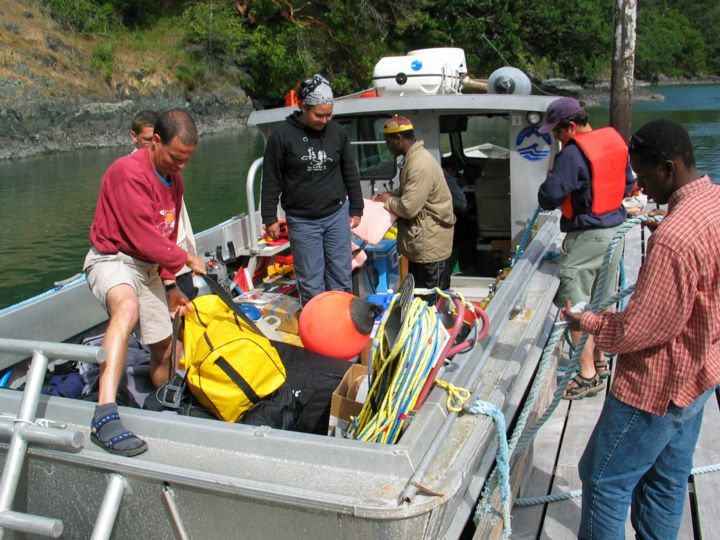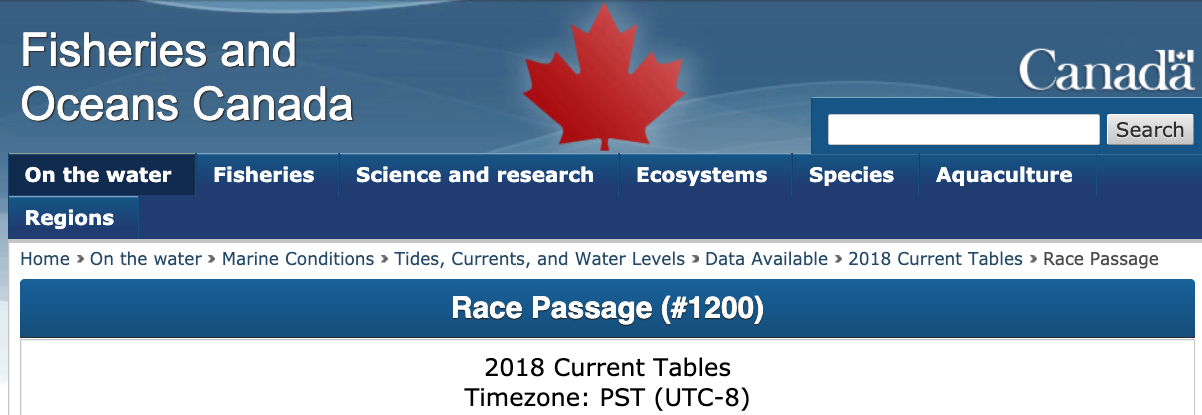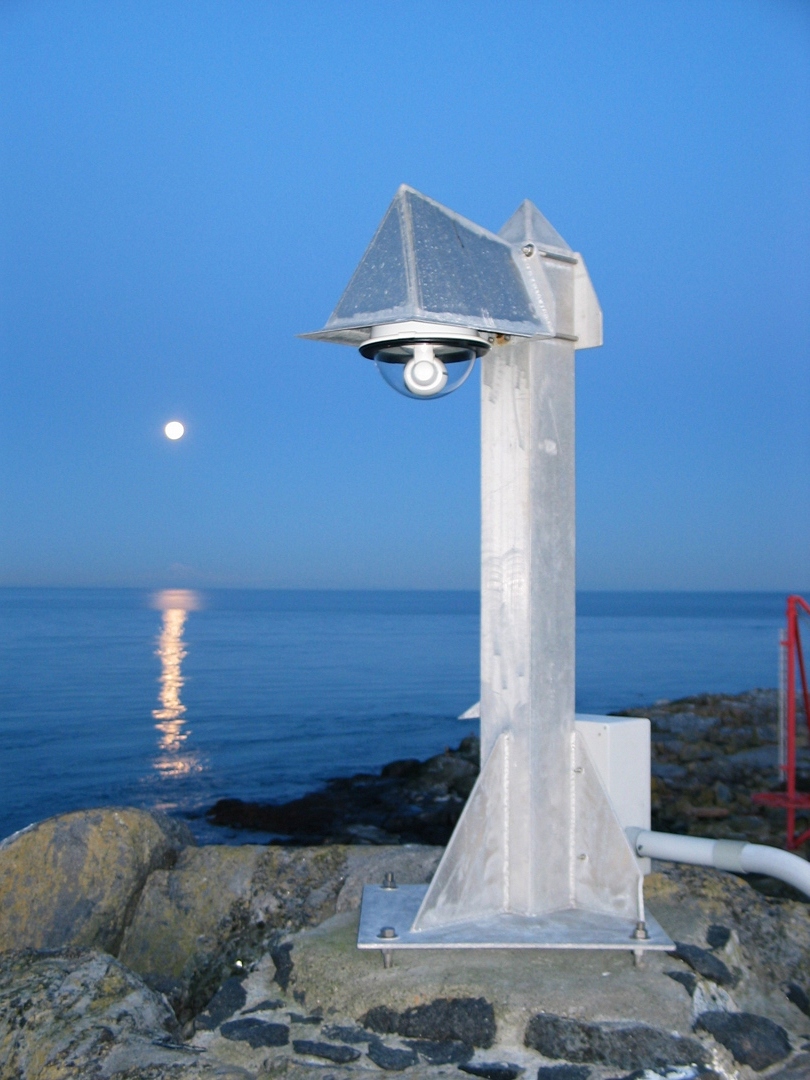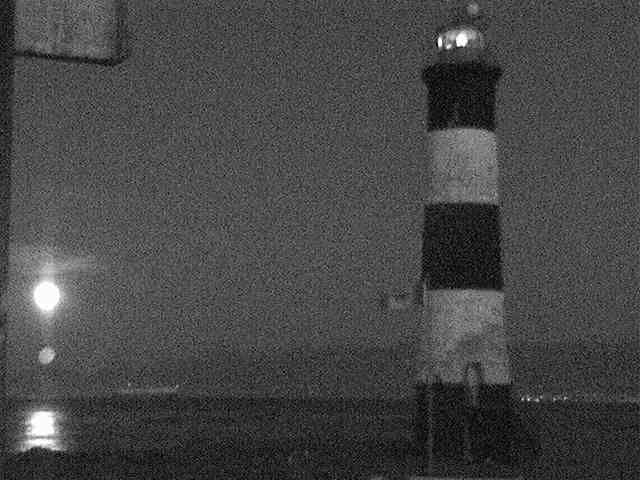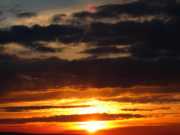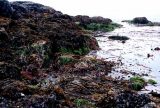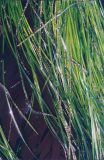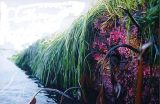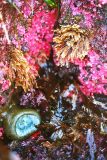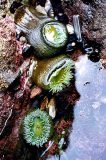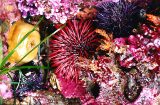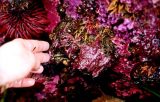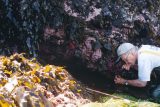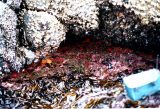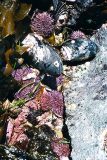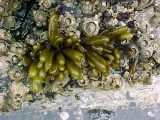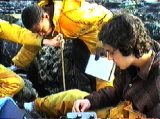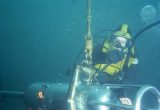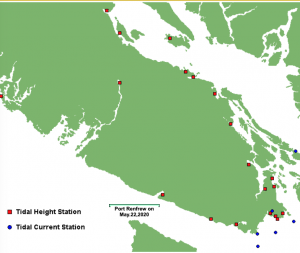On Wednesday 2 June 2004, the grade six students of Journey Middle School in Sooke visited the island and were given an explanation of how the island is maintained. They visited the marine science centre student residence and also ventured into the engine room. They were welcomed by students from Pearson College, Emmanuel, Paul and Michelle, who were staying on the Island for 2 weeks doing the Johann Ashuvud project. While there they participated in a live webcast.
Category Archives: Video
Johan Ashuvud Project at Race Rocks -2004
During the Johan Ashuvud project 2004, students explored the intertidal with Garry Fletcher. They examined various organisms as well as the artificial tidepool. In this video, we also get a chance to meet all the students taking part in the project.
A school visit by Journey middle school students
The Johan Ashuvud Project June 2004
On 1st June 2004, during the Johan Ashuvud project, we had Dr Gitai Yahel and Russel Wyeth explain to the students and faculty from Journey Middle School in Sooke their research at Race Rocks . This was during a live webcast by Emmanuel (PC 30) from Ghana and Paul (PC 30) from Nigeria. Later we showed the students various living organisms in the tank room and gave the students a tour of the island.
Journey Middle School students visit Race Rocks
On 1st June 2004, during the Johan Ashuvud project we had Dr. Gitai Yahel and Russel Wyeth explain to the students and faculty from Journey Middle School in Sooke their research at Race Rocks . This was during a live webcast by Emmanuel (PC 30) from Ghana and Paul (PC 30) from Nigeria. Later we showed the students various living organisms in the tank room and gave the students a tour of the island. In those years, Pearson College students were part of the Schools Project whereby many schools in the Sooke School District would send their grade seven class on a field trip at the invitation of the Pearson College Diving Service.
The Johan Ashuvud 2004 project
n the first week of June 2004, four students and two researchers stayed at Race Rocks for an intensive week. Sponsorship for this week comes from the Johan Ashuvud memorial fund. Webcasts of the day’s events took place every night and on two days, school groups came out to help produce a program for live webcasting.
- Arriving at the island in “Second Nature”
- Paul, Emmanuel and Carmen
- Paul, Emmanuel and Carmen Emmanuel and Paul exploring and taking videos of the intertidal zone with the tower in the background.
- Setting up the camera in the intertidal zone. It is not an easy job getting good footage of the intertidal zone
- Emmanuel observing organisms in the intertidal zone zone hidden among the rocks
- A gumboot chiton in a bed of brown algae. Here we see Emmanuel trying to detach it from the rock to examine the ventral surface.
- Low tide exposure on the West shore. Michelle takes the opportunity of the low tide to work on her research project on goose neck barnacles
- This sea star, the purple or ochre star is common in other areas along the coastline, but this is the only specimen we have found here
- Garry in the mussel bed
- Tealia anemone exposed at the extreme low tide
- Tealia anemone exposed at the extreme low tide. Pink hydrocorals are exposed at low tide on the West shore
- exposed at low tide on the West shore. Hydroids exposed at an extreme low tide on the West shore.
- Gitai Yahel and Russel Wyeth stayed with the students for the week, sampling for his research on suspension feeders.
- Ride back to the college after completing the Johan Ashuvud project.
- Return to Pearson College at the end of the week.
(https://www.racerocks.ca/johan-ashuvud-project-at-race-rocks-2004/)
During the Johan Ashuvud project 2004, students explored the intertidal with Garry Fletcher. They examined various organisms as well as the artificial tidepool. In this video, we also get a chance to meet all the students taking part in the project.
Variables Affecting Tidepools at Race Rocks
n the high intertidal areas of Race Rocks, there are tidepools with wide fluctuations of abiotic factors. The organisms inhabiting these pools are well adapted to these extremes. Garry talks to a biology class about some of the variables influencing these high tide pools, and the flagellated green algae living within them.
The Tidal Cycle at Race Rocks and the Abiotic Effects of Tides
At Race Rocks we have a tidal range of about 3 metres.
For tidal Level predictions , from the closest station at Pedder Bay see this link
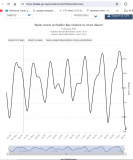 https://tides.gc.ca/en/stations/07080/predictions
https://tides.gc.ca/en/stations/07080/predictions
The link below is for the Race Passage Current tables. .. See this file for the result of original work done by Pearson College Divers assisting the Institute of Ocean Sciences in the deployment of the current meter to gather a year’s worth of data from which these tables are constructed.
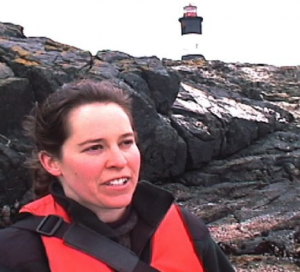 Marine Science teacher at Pearson College Laura Verhegge was interviewed on CBC radio about what was a “Negative tide”. Listen below.
Marine Science teacher at Pearson College Laura Verhegge was interviewed on CBC radio about what was a “Negative tide”. Listen below.
The role of the moon is a major factor in determining the rise and fall of the tides.The view of it from Race Rocks in a full sky is often stunning.
- photo of camera 5 and the moonrise -G.Fletcher photo
- Pam Boirley took these shots from her home in England using camera 5
And of course the other component causing tides is the sun. See this file for Solar energy records for Race Rocks .
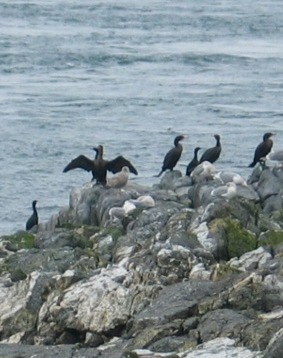 See this file for the Abiotic Effect of Solar energy on Organisms at Race Rocks
See this file for the Abiotic Effect of Solar energy on Organisms at Race Rocks
THE ABIOTIC EFFECTS OF TIDAL LEVEL CHANGES:
The rich variety of life in the intertidal zones of Race Rocks provide habitat for many animals which have adapted to living part of their life exposed . “ANITA’S ISLAND” on the West side of Great Race Rocks provides an excellent example, in the month of June when the tidal level often drops below zero datum so one can really appreciate the effects of the daily changing tidal levels on intertidal life. This island is actually a peninsula which you can walk out onto when the tides drop to -0.0m, but is totally submerged at high tide, (around 2.6 meters). You can often see the top of it from remote camera1 ( It looks black because it is covered with mussels.)
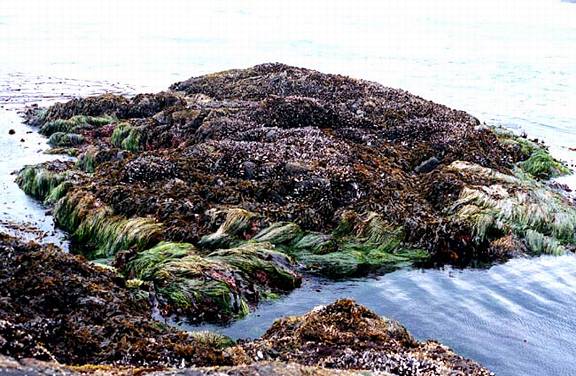 For several years in the 1990s we did research with Dr. Anita Brinckmann-Voss on these low tides in June. We only had a half hour or so until the isthmus joining the island to Great Race Island was flooded however. Each year that we went out, Anita found a great many of the hydroid samples from which she identified for the Ecological Reserve.
For several years in the 1990s we did research with Dr. Anita Brinckmann-Voss on these low tides in June. We only had a half hour or so until the isthmus joining the island to Great Race Island was flooded however. Each year that we went out, Anita found a great many of the hydroid samples from which she identified for the Ecological Reserve.
- The intertidal zone on the West side of Great Race Rocks as viewed and photographed on June 12, 1999 at a minus 0.1 tide. The predominant macroalgae is Hedophylum sp. although immature bull kelp (Nereocystis luetkeana) is also anchored in this zone close to the shore
- Small pink dots of a Melobesia mediocris, a calcareous pink encrusting algae which grows as an epiphyte on the leaves of surf grass
- Just below the green fringe of surf grass, Phyllospadix scouleri, pink hydrocorals and other hydroids such as this Abietinaria amphora survive the current and wave swept zone.
- The hydroid Aglaophemia latirostris with an Intertidal Anemone
- Other Cnidarians such as the green anemone, Anthopleura xanthogrammica, are found in the low intertidal area. These large anemone with symbiotic algae are also found in the surge channel on the south-west corner. The knife placed in the picture for scale measures 10cm in length.
- Giant red urchins Strongylocentrotus franciscanis live here at the upper limits of their range and the purple urchin, Strongylocentrotus purpuratus also inhabits a narrow band in this area.
- A giant barnacle, Balanus nubilus plays host to a colony of Symplectoscyphus turgidus ( formerly Sertularella turgida) . Hydrocoral, (Allopora sp. ) encrusts much of the substrate
- Two of the small caves at this level yield a variety of invertebrates. The ceilings of these caves usually support a variety of hydroids
- The floor of this cave on the south-west corner is covered with the red encrusting sponge, Ophlitaspongia
- Here on the small island, the purple urchins reside in a crevasse next to the mussle Mytilus californianus.
Other tidal heights from along the coast of Vancouver Island and British Columbia An interesting exercise is to compare the tidal heights at several locations around Vancouver Island. There is a significant difference, with times as well as tidal ranges varying depending where the station is located. There are many factors which determine tide levels, the most obvious being the stages of the moon and the position of the sun, but here you can see that geography has a major role to play as well. |
|||||||||||
Gammarus sp. : Scud–The Race Rocks taxonomy
| Scientific classification | |
|---|---|
| Kingdom: | Animalia |
| Phylum: | Arthropoda |
| Subphylum: | Crustacea |
| Class: | Malacostraca |
| Order: | Amphipoda |
| Suborder: | Senticaudata |
| Family: | Gammaridae |
| Genus: | Gammarus Fabricius, 1775 |
| Type species | |
| Gammarus pulex Linnaeus, 1758 [1] |
 The Race Rocks taxonomy is a collaborative venture originally started with the Biology and Environmental Systems students of Lester Pearson College UWC. It now also has contributions added by Faculty, Staff, Volunteers and Observers on the remote control webcams. The Race Rocks taxonomy is a collaborative venture originally started with the Biology and Environmental Systems students of Lester Pearson College UWC. It now also has contributions added by Faculty, Staff, Volunteers and Observers on the remote control webcams. |
Tidal Currents at Race Rocks Video
The current had just changed to a flood – it would be getting up to 6 knots in a few hours, so it was probably at about 5 knots at this time. This area to the North of the docks represents at ideal location for tidal current power generation.
In Situ Measurement of Benthic Community Trophic Dynamics at Race Rocks
Research of GITAI YAHEL
In March, 2004, Dr.Gitai Yahel, a Post Doctorate researcher from the Biology Department at the University of Victoria, joined us for two dives at Race Rocks to check out the possibility of doing research there. He is interested in suspension feeders’ nutritional ecology and the role of dissolved substance as a food source for marine organisms. Currently he is trying to establish a field survey of the dissolved and picoplanktonic diet composition of active suspension feeders such as sponge, mussels and tunicates.
Sponges, bivalves and tunicates play an important role in the trophic dynamics of many benthic communities. However, direct in situ measurements of their diet composition, filtration and excretion rates are lacking. Our knowledge of these rates is based mostly on indirect, in vitro measurements. Recently we have developed an in situ, non-intrusive technique to directly measure the rate and efficiency by which an active suspension feeder removes (or discharges) substances from (to) the water it filters. The technique, termed “InEx”, is based on the simultaneous, pair-wise collection of the water Inhaled and Exhaled by the animal. The difference in the concentrations of a substance among a pair of samples provides a measure of the retention (or excretion) of the substance by the animal. Calculations of feeding (or excretion) rates are obtained by multiplying the concentration difference by pumping rate. The latter is concurrently measured by recording the movement of a dye front in a transparent tube positioned within the ex-current jet. An important quality of the InEx technique is the lack of any manipulation of the studied organisms thus allowing realistic estimates of the organism’s performance under natural conditions. Former work in tropical water had revealed novel aspects of suspension feeders’ nutritional ecology including the major role dissolved organic substances play in the diet of some reef sponges (Yahel et al. 2003, Limnology and Oceanography, 48, 141).
For the proposed work at Race Rocks we can foresee two phases:
I. Identifying target suspension feeding taxa
We will execute a field survey of common suspension feeders at Race Rocks. Targets groups include bivalves, ascidians, and sponges. SCUBA divers will sample the water inhaled and exhaled by the surveyed organisms to compare concentration changes of CDOM, DOC, bacteria, phytoplankton, other organic particles, plant nutrients, silica, and sediment grains. Sampling methods will include an Inherent Optical Properties sensor (IOP, providing both CDOM spectra, concentration and optical characterization of the particulate field), Laser In Situ Scattering instrument (LISST, providing measurements of particles concentration and size distribution), and discrete water samples (InEx). The discrete water samples will be analyzed using a high temperature total carbon analyzer, flow injection nutrient analyzer, and a flow cytometer. This sampling scheme will provide ‘snapshot’ information on the performance of individual organisms.
II. Continuous monitoring of individual ‘model’ organisms.
Longer term (hours to days) monitoring of organisms will provide a record of feeding and metabolic performance with respect to environmental parameters (e.g., current, light, ambient particles concentration, etc.). Our knowledge of such processes in the field is limited. Nevertheless, the few existing studies suggest that suspension feeder activity may undergo considerable diel shifts. Moreover, environmental variables such as food and sediment concentration are known to affect suspension feeder filtration rates. Multi-day instrumentation of individual suspension feeders will provide a continuous record of the material fluxes mediated by the animals. Two 16 MHz ADVs’ (Acoustical Doppler Velocimeters) will provide high frequency (~2 Hz) current and acoustical backscatter data. One ADV will sample the exhalant jet of the study animal while the other will sample the inhalant (ambient) water. Similarly, paired measurements of optical water properties will be obtained by slowly pumping small amounts waters through a 4 sensor array mounted on a nearby frame. The instrument array will include: LISST-100, IOP sensors (WetLabs ac-9, and Eco-VSF,) CTD, and a Seabird oxygen sensor. The latter will allow us to estimate respiration rate and to correlate it to measured material fluxes mediated by the studied organisms. An online video camera equipped with an infra-red light source will be used to monitor the immediate vicinity of the exhalant aperture to allow better interpretation of behavior related signals (e.g. the presence of predators or sediment resuspension events).
Target organisms will be carefully selected based on the results of the survey in phase I. A priori, plausible candidates for these experiments are sponges and large bivalves (e.g. Mytilus californicus). These animals possess a large ex-current aperture that allows easy instrumentation and previous studies suggest that they may be capable of removing large quantities of DOC from the water.
Note that the proposed work in absolutely non destructive and the studied animals will not be manipulated by any means.
SEE ALSO https://www.racerocks.ca/journey-middle-school-students-visit-race-rocks/
~~~~~~~~~~~~~~~~~~~~~~~~~~~~~~~~~~~~~~~~~~~~~~~~~

